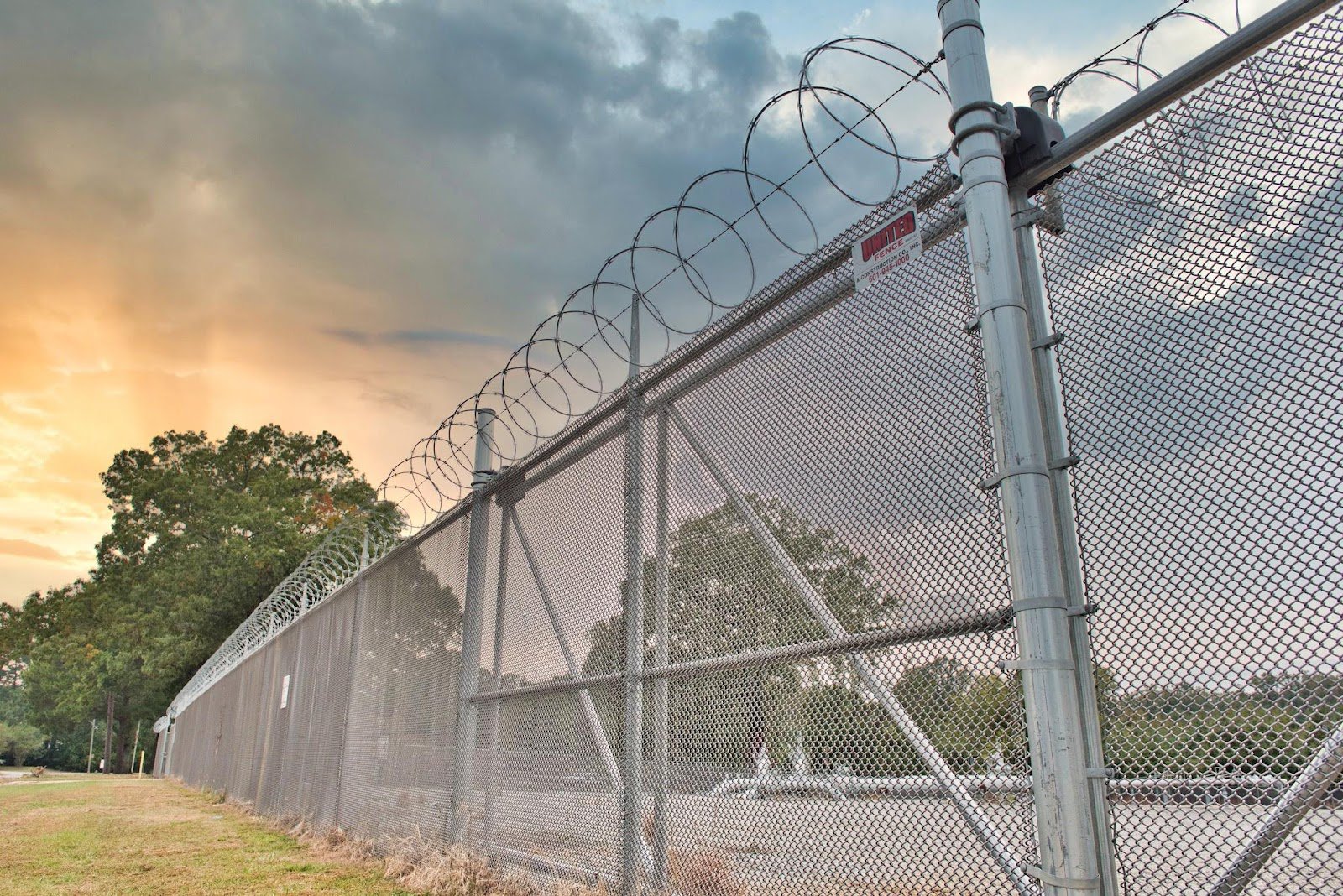All Categories
Featured
Table of Contents
What Eco-Friendly Fencing Options Are Available for Environmentally Conscious Customers?
With growing environmental concerns, many homeowners are looking for sustainable solutions for their property’s fencing needs. Fencing is one area where homeowners can make a significant impact on their carbon footprint. Chemically treated wood fences can harm the environment and require regular upkeep. But there are plenty of eco-friendly fencing alternatives that can help reduce your carbon footprint. Here are some great fencing alternatives for those who want to make an eco-friendly choice for their homes:
Bamboo is a highly renewable material that is perfect for eco-conscious fencing solutions. Bamboo’s fast growth rate and renewability make it an ideal choice for eco-friendly fencing. Bamboo is lightweight, durable, and naturally resistant to pests, requiring no toxic chemicals. Bamboo fences also offer a natural aesthetic that complements many landscapes. Bamboo is a completely biodegradable material, which reduces waste at the end of its life.
![]()
With growing environmental concerns, many homeowners are looking for sustainable solutions for their property’s fencing needs. Fencing is one area where homeowners can make a significant impact on their carbon footprint. Chemically treated wood fences can harm the environment and require regular upkeep. But there are plenty of eco-friendly fencing alternatives that can help reduce your carbon footprint. Here are some great fencing alternatives for those who want to make an eco-friendly choice for their homes:
Bamboo is a highly renewable material that is perfect for eco-conscious fencing solutions. Bamboo’s fast growth rate and renewability make it an ideal choice for eco-friendly fencing. Bamboo is lightweight, durable, and naturally resistant to pests, requiring no toxic chemicals. Bamboo fences also offer a natural aesthetic that complements many landscapes. Bamboo is a completely biodegradable material, which reduces waste at the end of its life.
2. Recycled Plastic Fencing
For those looking for an eco-friendly, low-maintenance fence, recycled plastic is a great option. Plastic fences made from recycled materials help reduce the environmental impact of discarded plastic products. Recycled plastic fences are incredibly durable, weather-resistant, and don’t require painting or staining. If you’re looking for a sustainable option that also lasts, recycled plastic is a great choice.
3. Reclaimed Wood Fencing
Repurposing reclaimed wood for your fence reduces the demand for new timber and is a sustainable choice. By repurposing wood from old barns, factories, or other buildings, you are giving the wood a second life and helping to reduce the demand for new timber. This type of fence provides a rustic, charming look while being a more sustainable choice. Reclaimed wood fences are unique in appearance, as each piece has its own history, and they can be treated with eco-friendly finishes for added durability.4. Natural Living Fencing
Living fences, such as hedgerows, are one of the most natural and sustainable fencing options available. They use plants like ivy, shrubs, and small trees to create a natural barrier around your property. These fences provide privacy, reduce noise, and can improve air quality. In addition to being sustainable, living fences provide food and shelter for local wildlife.Conclusion
Customers looking for sustainable solutions will find plenty of eco-friendly fencing options to reduce their environmental footprint. Whether you choose bamboo, recycled plastic, reclaimed wood, living fences, or composite materials, these eco-friendly choices allow you to have a beautiful and functional fence while still making a positive impact on the planet. By considering the environmental benefits of your fencing choice, you can create a more sustainable outdoor space.Table of Contents
Latest Posts
Experience WyHy Federal Credit Union – Top Benefits for Your Money Goals
Published May 25, 25
1 min read
Specialist Commercial Roofing Solutions in North Platte, Nebraska
Published May 24, 25
2 min read
Check Out Brake Repair & More: Comprehensive Auto Care Solutions from Montclare Auto Repair
Published May 23, 25
1 min read
More
Latest Posts
Experience WyHy Federal Credit Union – Top Benefits for Your Money Goals
Published May 25, 25
1 min read
Specialist Commercial Roofing Solutions in North Platte, Nebraska
Published May 24, 25
2 min read
Check Out Brake Repair & More: Comprehensive Auto Care Solutions from Montclare Auto Repair
Published May 23, 25
1 min read